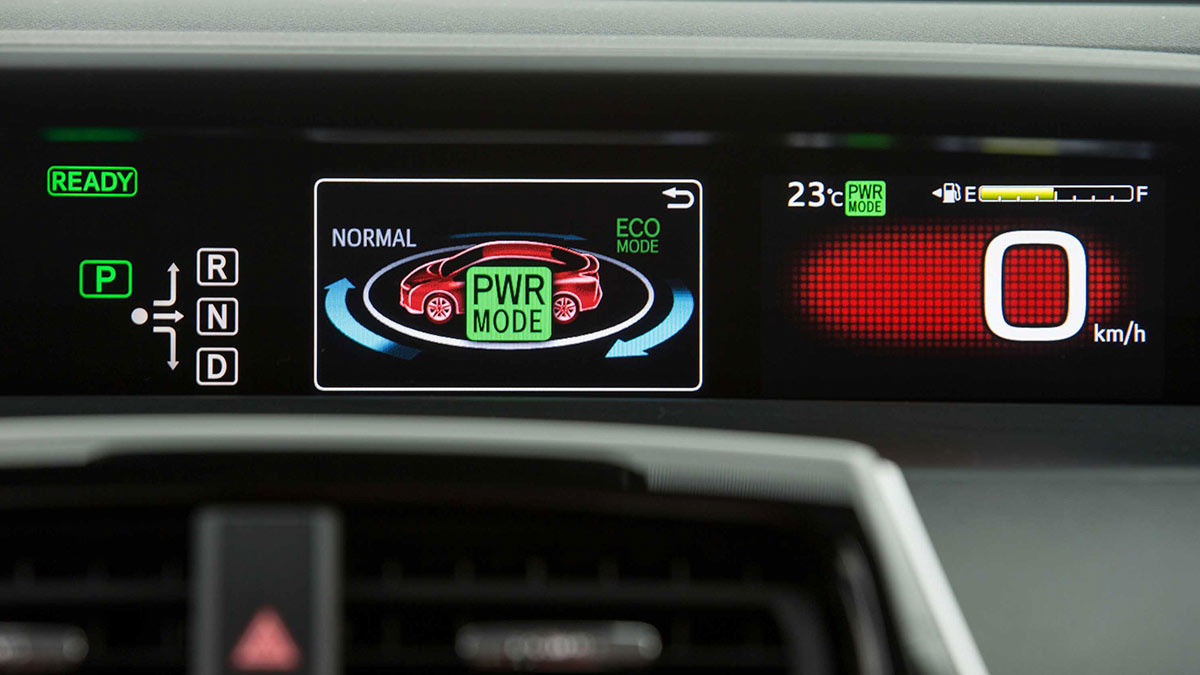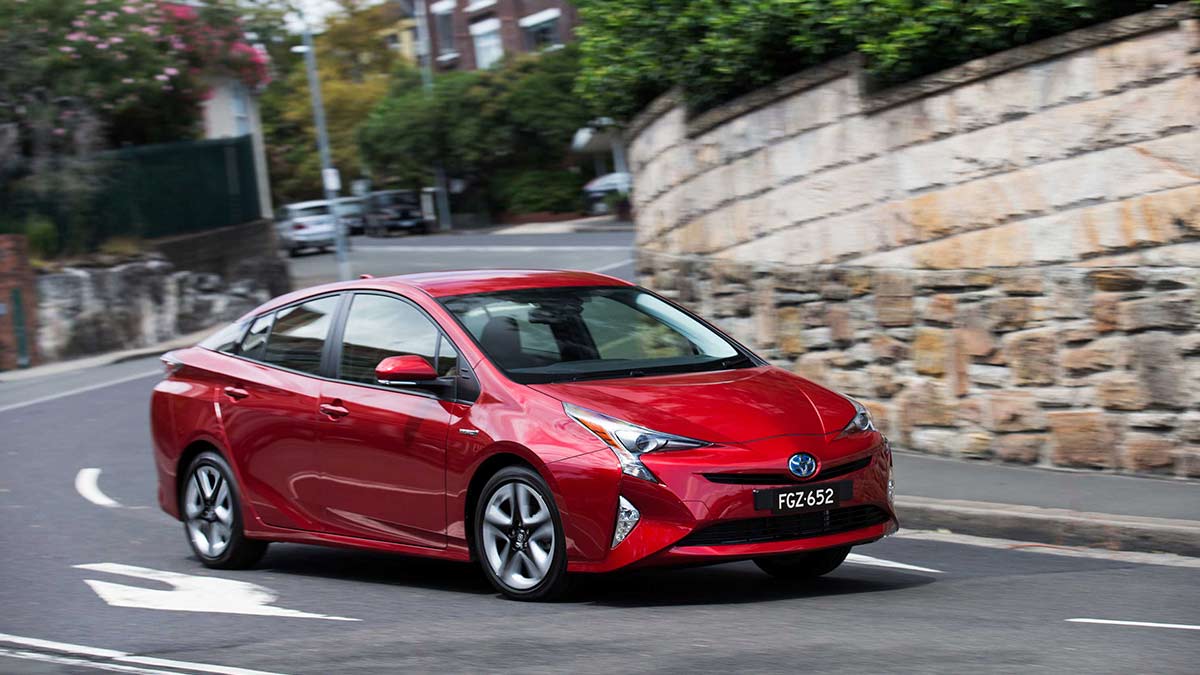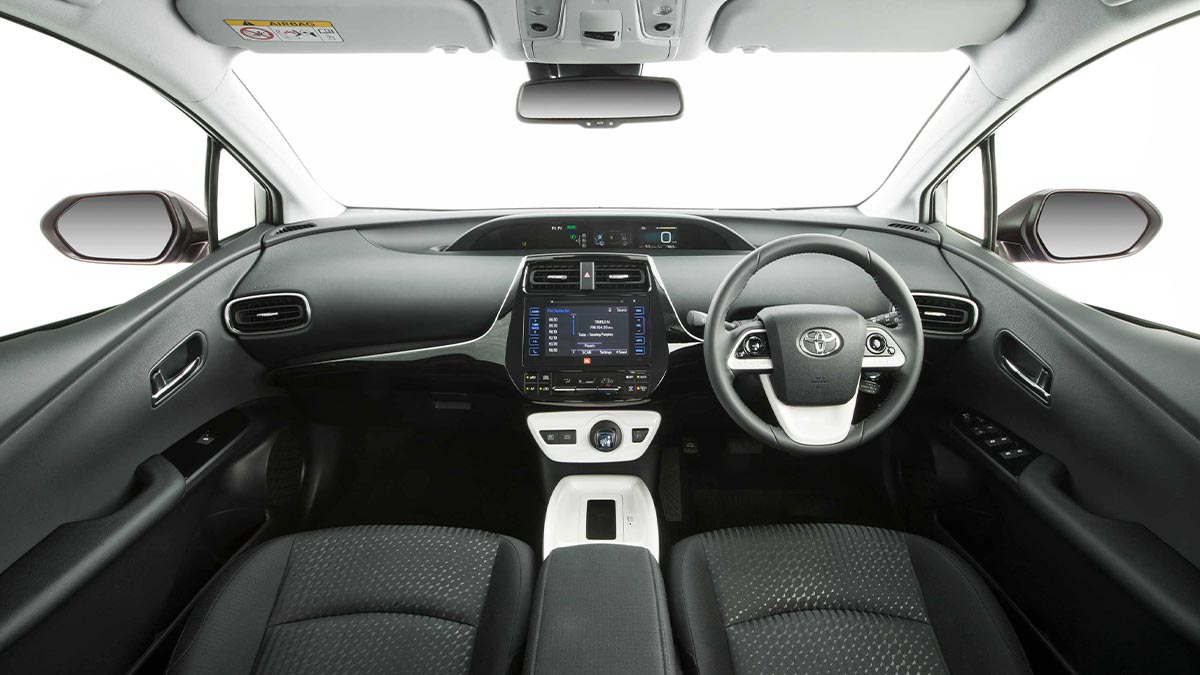The ninth-generation Toyota HiLux has arrived, bringing with it a futuristic forward exterior design, more safety and tech and the same rugged capability owners love. Will the updates tempt private buyers away from the Ford Ranger or are they just enough to keep fleets onside?
Toyota Prius 2016-2019 used car review

Greg Hill reviews the Toyota Prius.
The hybrid vehicle has evolved from what was once looked upon as a novelty to become a viable ‘green’ alternative. The futuristically styled two-door Honda Insight was the first hybrid on the Australian market, in early 2001, but the more practical four-door Toyota Prius that followed soon afterwards made more sense.
While Insight struggled over the years, Prius has gone from strength to strength even as other manufacturers have joined in with hybrid models in various forms. Toyota also has Corolla and Camry hybrids but it’s Prius that remains synonymous with the technology.
Moving to its fourth generation in 2016, Prius underwent substantial changes. The green focus was maintained with revisions to the petrol/electric hybrid system delivering improved fuel economy, but a new platform and better on-road dynamics made it a more enjoyable drive. The distinctive body styling, that focuses on aerodynamic efficiency, along with a bold interior presentation, does polarise opinions.
In this article

Safety and comfort
As well as excellent environmental credentials, Prius has all the attributes of a high-quality small car. It has a five-star ANCAP safety rating, with standard features such as seven airbags, autonomous emergency braking, lane-support systems and adaptive cruise control.
There are two spec levels: the well-equipped standard Prius and a more luxurious i-Tech model featuring satellite navigation, leather-accented seats with eight-way power adjustment for the driver’s seat and front-seat heaters. The i-Tech version has more usable luggage space, but that means it only has a tyre inflator kit whereas the standard model carries a space-saver spare wheel.
Electric motors are great for low-speed acceleration, while small petrol engines work better at higher speeds. Hybrid vehicles link the two by using a computer to proportion the operation between each, relative to operating conditions. The result is substantially reduced emissions and excellent fuel economy while delivering respectable performance.
For the fourth generation, Toyota employs a 1.8-litre petrol engine, with refinements that improve efficiency, augmented with a high-revving electric motor. When the petrol engine is predominantly used, such as for high-speed freeway driving, fuel consumption is similar to other fuel-efficient cars. So it’s in stop/start city driving where Prius’s petrol/electric combination proves its worth.
At the heart of the system is a large nickel-metal hydride propulsion battery mounted under the rear seat. Prius still has a conventional 12-volt battery and electrical system for starting, lighting and ancillary equipment; if this battery goes flat the car won’t start. All up, in real-world driving, fuel consumption is 3.5-5.0L/100km.
Drives like ‘normal’
Apart from the unique hybrid sensation of silent take-off on electric power, this Prius has a more mainstream feel in the way it drives and handles than previous models. The ride is comfortable and composed, and electric power-assisted steering provides good response and feedback. The brakes have a progressive feel that’s reassuring and easier to control than in previous hybrids.
Vision is a mixed bag, with an excellent forward view, but thick rear pillars and a split view created by the rear spoiler cause blind spots. Another minor niggle is the awkward foot-operated park brake.
Prius is not the type of vehicle that’s likely to have been thrashed by previous owners but a thorough inspection is still advisable before purchase. The hybrid system is quite complex, so some maintenance and repairs will require specialist knowledge and equipment.
Backing the battery
Toyota is now well versed in building hybrids, so while some people may still be hesitant about the longevity of the relatively expensive propulsion battery (a replacement can be $2300-$2900), Toyota is confident enough to support its new cars with a 10-year battery warranty, provided the system has been inspected annually as part of routine maintenance according to the vehicle logbook. We’ve heard of the occasional failure, but our research suggests it’s a rare occurrence.
Prius and the closely related Camry hybrid are used extensively as taxis all around Australia, and the fleet operators and service centres we spoke to all said they have very few problems with Prius. In this harsh taxi environment, the propulsion batteries are lasting 300,000 to 500,000 kilometres.
If looking at a particular used Prius, check the service history is up to date as this can affect the battery warranty. Also check the type of driving it’s done, particularly on high-kilometre examples. But don’t overlook items normally inspected on a used car, such as tyre and brake wear, oil leaks and signs of previous serious accident damage. Over the years, Prius has been the subject of a few recalls, so check with a Toyota dealer to make sure any work required has been done on the car you’re considering.





